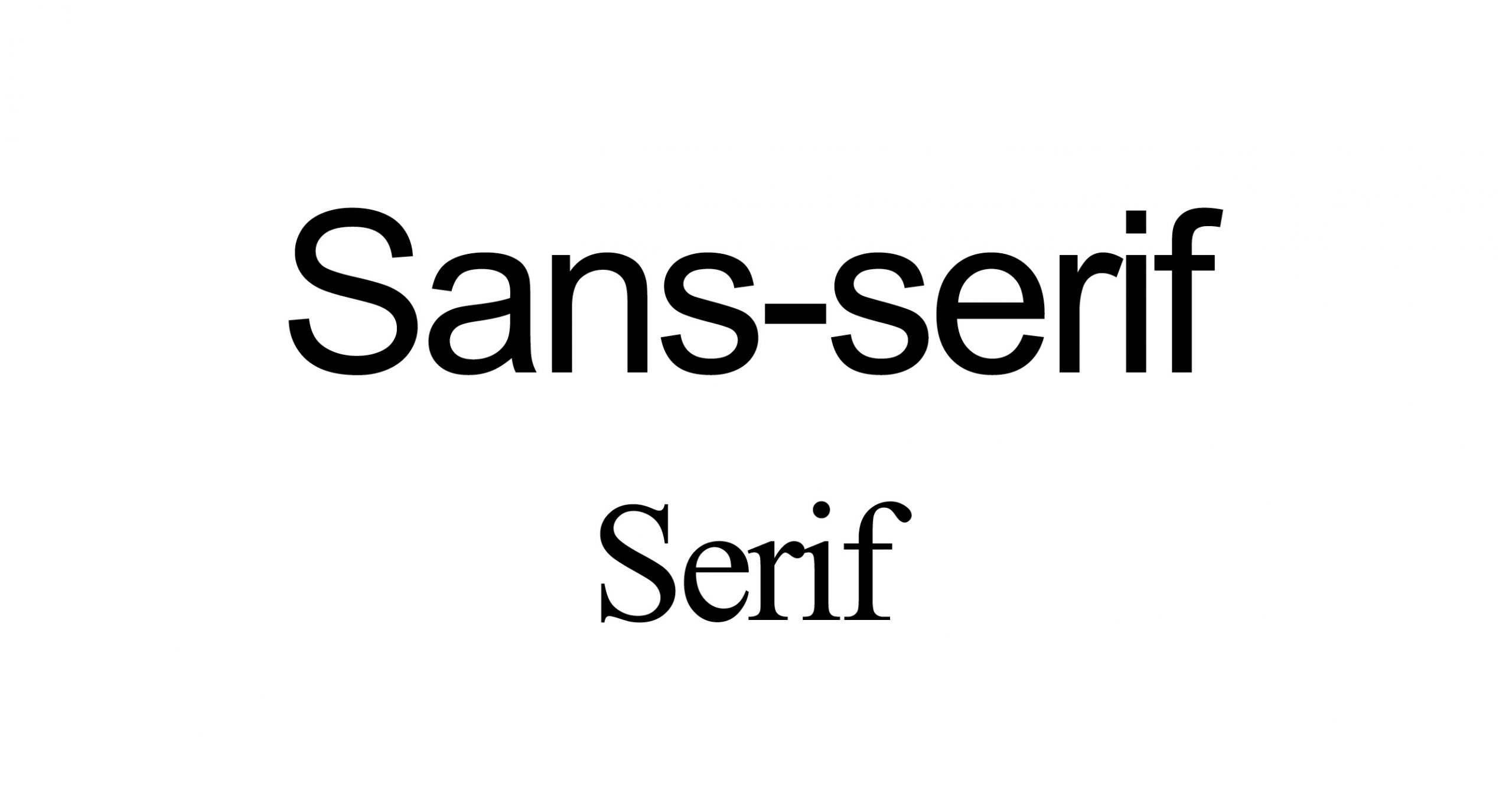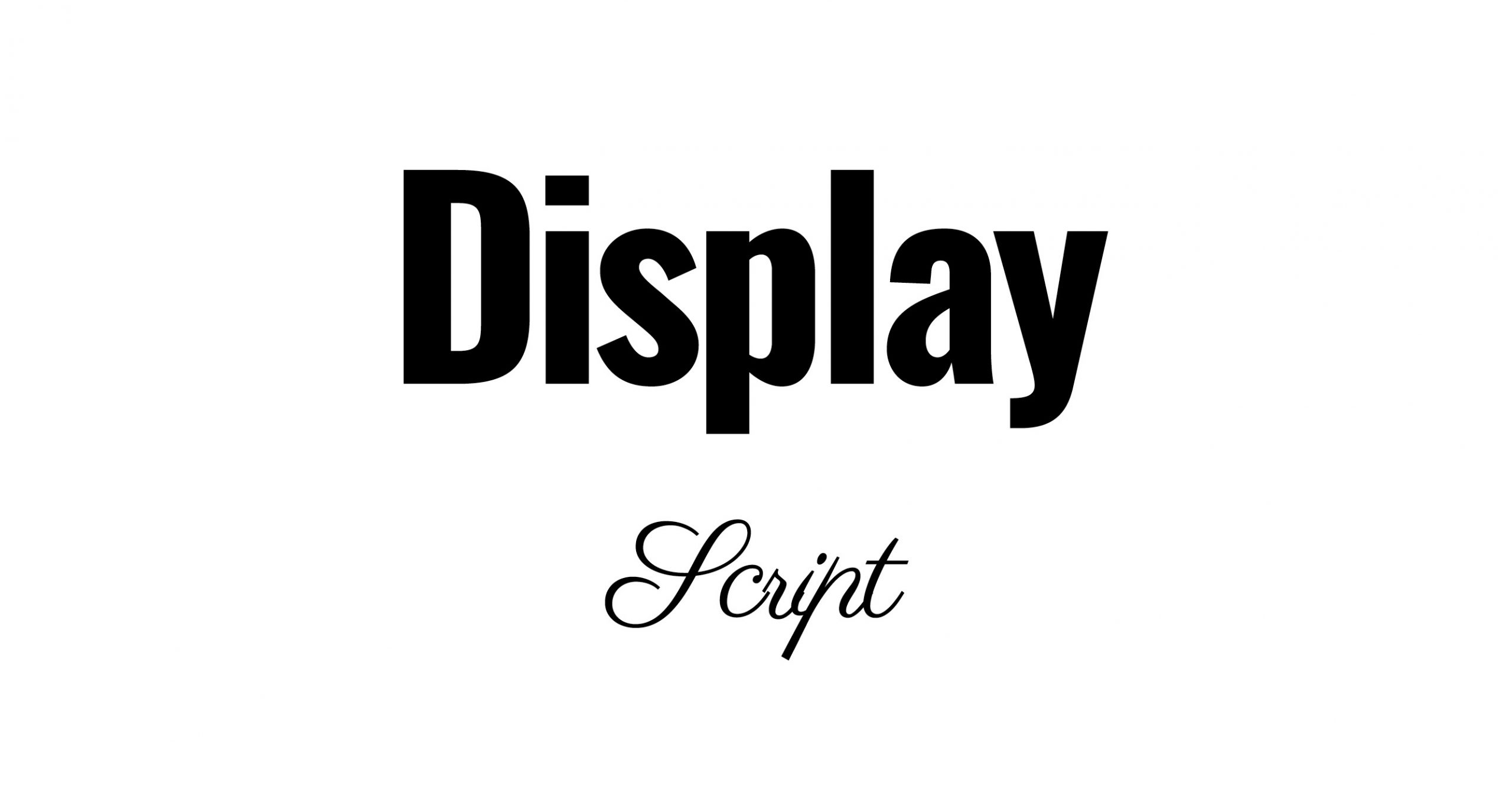A Guide to Web Fonts: Which is the best choice for my project?

In the ever-evolving landscape of web design, every detail matters when it comes to creating an engaging and user-friendly website. One often overlooked yet crucial aspect is typography, and more specifically, the choice of web fonts. The fonts you choose can significantly impact the readability, aesthetics, and overall user experience of your website.
This guide aims to provide you with a comprehensive understanding of web fonts and help you make informed decisions about which fonts are best suited for your project.
Defining a ‘font’
Before we dive into the nitty-gritty of web fonts, let’s clarify what a font actually is. In the realm of design, a font refers to a specific style of typeface.
Typeface, on the other hand, encompasses a broader range of designs with similar characteristics. In essence, a font is a digital file containing a set of characters, each represented by a unique design.
These characters include letters, numbers, punctuation marks, and other symbols that make up the visual language of your text.
Different types of font


Fonts can be broadly categorised into four main types: serif, sans-serif, script, and display fonts.
Serif Fonts: These fonts are characterised by small lines or strokes at the end of each character’s main strokes. They are often seen as traditional and elegant. Examples include Times New Roman and Georgia.
Sans-Serif Fonts: Sans-serif fonts lack the small lines or strokes at the end of characters. They are known for their clean and modern appearance, making them popular for digital content. Arial and Helvetica are well-known examples.
Script Fonts: Script fonts imitate cursive handwriting or calligraphy. They add a touch of sophistication and personalisation to design but should be used sparingly for readability reasons. “Examples of script typefaces include Dancing Script, Mr Dafoe, and Parisienne” – Google Fonts
Display Fonts: Display fonts are highly stylised and unique. They are intended for use in headlines, logos, or other places where a strong visual impact is desired. Examples range from Oswald and Anton.
The difference between web-safe and print fonts
A critical distinction to understand is the difference between web-safe fonts and print fonts. Web-safe fonts are fonts that are widely available across different operating systems and browsers, ensuring that your chosen font will display consistently across various devices. This is vital in today’s society, where the majority of the population are using technology to search for what they’re looking for, rather than a newspaper or traditional method.
On the other hand, print fonts are not necessarily suitable for web use due to issues such as licensing restrictions or inconsistent rendering across devices. While they might be ideal for printed materials, such as brochures or flyers, they can lead to compatibility problems when used on websites.
A list of web-safe fonts
When it comes to web fonts, it’s essential to choose fonts that strike a balance between readability and aesthetics. Here’s a list of some popular web fonts:

Arial: A clean and widely used sans-serif font known for its readability. “According to FontReach, Arial is the #1 font used on the web, with over 604,000 websites currently using it. – Elementor”

Helvetica: This font is one of the most used sans serif typefaces in the design world. A versatile sans-serif font that works well in various sizes and contexts.

Lato: The name “Lato” is Polish for “summer”. Lato is the third most served font on Google Fonts, with over one billion views per day.

Montserrat: Montserrat is a geometric sans-serif typeface designed specifically for fast reading, so it does really well in both large and small sizes.

Open sans: Designed with an upright stress, open forms and a neutral, yet friendly appearance. It was optimised for print, web, and mobile interfaces, and has excellent legibility characteristics in its letterforms. – Google Fonts

Merriweather: A Google serif font, designed specifically for readability on screens and at small sizes.

Playfair: an open-source, serif typeface design perfect for headlines and titles, however may not be suitable for smaller body text due to the stroke sizing.

Lora: A contemporary serif with calligraphy inspiration, well suited for body text. ”A paragraph set in Lora will make a memorable appearance because of its brushed curves in contrast with driving serifs.” – Google Fonts

Great Vibes: A stunning script font which flows with grace. This font includes stunning uppercase letters, and connecting loops.
Remember that while these fonts are considered web-safe, they might not align perfectly with your design vision. In such cases, you can consider using web font services that allow you to embed custom fonts via CSS, ensuring a consistent look across devices while maintaining your desired aesthetic.
Remember to choose the right web font for your design
Selecting the right web fonts for your project is a subtle yet powerful design decision that can significantly influence your website’s impact. Consider the tone of your content, your target audience, and the overall user experience you want to create. While web-safe fonts provide reliability and compatibility, web font services open the door to a range of typography choices. Strike a balance between readability and aesthetics, and your chosen fonts will enhance your website’s visual appeal and engagement, making your content all the more compelling to your visitors.
Get in touch with us to start building your brand journey and follow us on our social media to stay up to date with what we’re doing…


